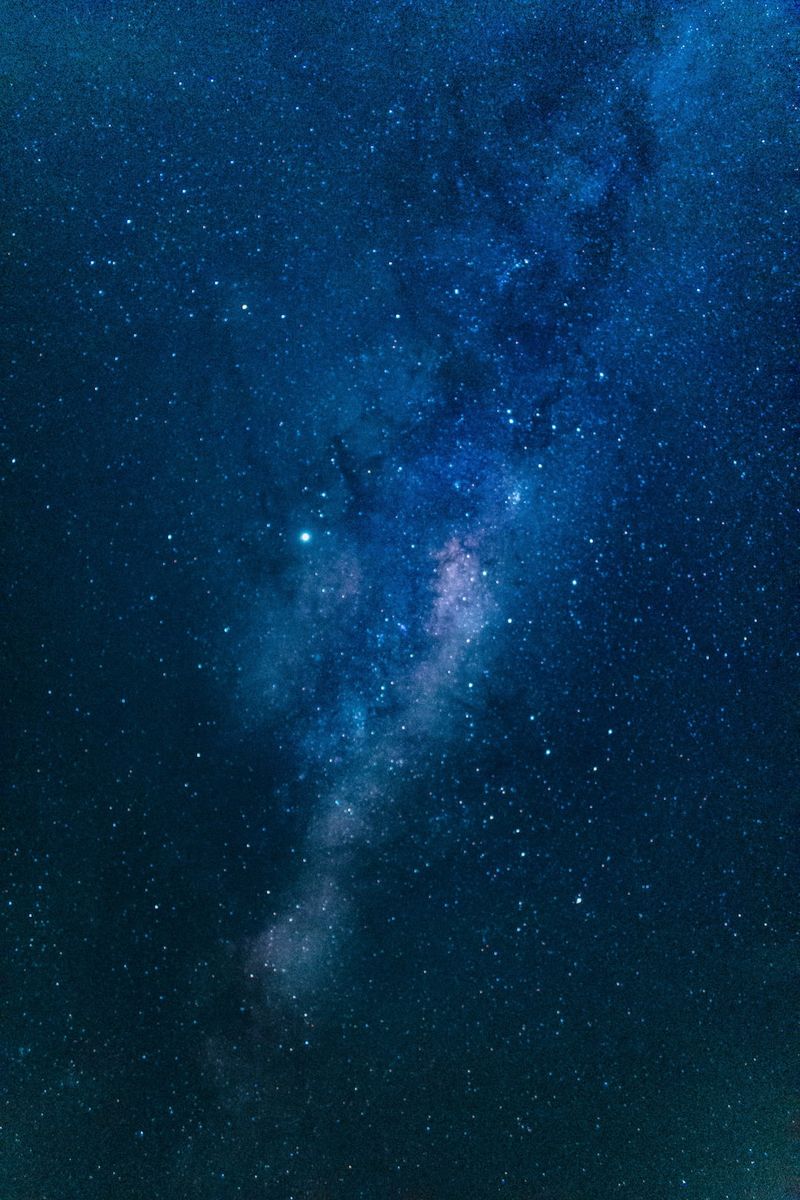The 2023 ‘Ring of Fire’ Solar Eclipse: A Celestial Spectacle and a Call for Awareness
A Phenomenon of Cosmic Alignment
On Saturday, October 14, 2023, an annular solar eclipse will grace the skies over the United States, Central, and South America. This rare celestial event occurs when the moon aligns perfectly with the sun, creating a breathtaking “ring of fire” effect, where only the blazing rim is visible. While millions of Americans will have the opportunity to witness this cosmic phenomenon, only a handful of cities located in the “path of annularity” will have the privilege of seeing the full spectacle.
Viewing Times and Locations
For those unable to travel to the 150-mile-wide path of annularity, there are still plenty of opportunities to catch a partial view of the eclipse. The 80-90% range includes portions of states such as California, Nevada, Oregon, Arizona, Utah, Wyoming, Colorado, New Mexico, Oklahoma, Texas, and Idaho. Moving further away from the path, states like Washington, Montana, Idaho, Kansas, Nebraska, Louisiana, and Arkansas, to name a few, will offer a 70-80% view of the eclipse.
The annular eclipse will commence at 9:13 a.m. PDT in Oregon and will conclude in Texas at 12:03 p.m. CDT before progressing to Mexico, Guatemala, Belize, Honduras, Nicaragua, and Panama, according to NASA. The partial eclipse will begin and end at different times, with Eugene, Oregon, witnessing the partial eclipse from 8:06 a.m. to 10:39 a.m. PDT, with maximum obscuration at 9:16 a.m.
Watching Safely: A Priority for Stargazers
While the allure of witnessing a solar eclipse firsthand is undeniable, it is crucial to prioritize safety when indulging in the marvels of the cosmos. Unless one finds themselves in the path of totality, where the moon completely blocks the sun, staring directly at the sun without proper eye protection can cause severe eye injury.
NASA issues a stern warning against viewing any part of the bright sun through camera lenses, binoculars, or telescopes without a special-purpose solar filter securely positioned in front of the optics. Since the sun is never entirely covered during an annular eclipse, there is never a safe time to view it with the naked eye.
Protecting Your Eyes and Skin
To witness a solar eclipse safely, one must utilize appropriate eye protection. Eclipse glasses, which are specially designed to be thousands of times darker than regular sunglasses, provide a safe viewing experience. However, it is vital to ensure that the glasses are undamaged and comply with the ISO 12312-2 international standard. Regular sunglasses, even the darkest ones, do not offer adequate protection.
For those without access to eclipse glasses, there are alternative methods to indirectly view the eclipse without directly facing the sun. One such technique involves creating a small hole in an index card and using it to project an image of the sun onto a nearby surface, ensuring not to gaze directly through the hole at the sun.
Furthermore, it is essential to protect your skin from the sun’s rays, which may be intensified during the eclipse. Spending hours outside during the event may result in prolonged exposure to ultraviolet rays, so it is advisable to use sunscreen and appropriate protective clothing.
An Editorial: The Intersection of Science and Spirituality
The solar eclipse presents a unique opportunity not only to witness a marvel of the natural world but also to reflect on the intricate relationship between science and spirituality. Throughout history, humanity has marveled at celestial events, interpreting them as divine omens, or celestial messages. Today, with our scientific understanding, we recognize these phenomena as natural occurrences governed by the laws of physics. However, they retain their mystical allure and capacity to instill a sense of wonder and awe.
This intersection of science and spirituality serves as a reminder of the beauty and mystery that lie beyond our day-to-day concerns. It prompts us to contemplate our place in the cosmos and deepen our understanding of the immense universe we inhabit. As we stand witness to the celestial ballet of the ‘ring of fire’ eclipse, let us embrace the opportunity to connect with something greater than ourselves.
Advice for Eclipse Enthusiasts: The Importance of Preparedness and Preserving Our Planet
As we prepare to witness the 2023 solar eclipse, it is crucial to approach this event with a spirit of caution, reverence, and environmental mindfulness.
Firstly, ensure that you equip yourself with proper eye protection, such as ISO 12312-2 compliant eclipse glasses. It is essential to prioritize the safety of your eyes and avoid irreversible damage. If you cannot access eclipse glasses, explore alternative methods of indirect viewing to experience the eclipse safely.
Moreover, let this celestial spectacle serve as a reminder of the fragility and interconnectedness of our planet. The awe-inspiring beauty of the universe should motivate us to protect and preserve the natural world we inhabit. Take this opportunity to reflect on our responsibilities as stewards of the Earth and consider how we can contribute to sustainability and environmental consciousness.
By approaching this event with preparedness, reverence, and environmental mindfulness, we can collectively appreciate and safeguard the wonders of the natural world, creating a harmonious balance between science, spirituality, and our shared responsibility to protect the planet.

<< photo by Ricardo Oliveira >>
The image is for illustrative purposes only and does not depict the actual situation.
You might want to read !
- Everything You Need to Know About Saturday’s Captivating ‘Ring of Fire’ Solar Eclipse
- “Ring of Fire Eclipse: A Celestial Spectacle to Illuminate Our Skies”
- The Green Comet: A Celestial Spectacle and a Window into Our Solar System’s Past
- Super Blue Moon 2023: A Celestial Spectacle Not to Be Missed
- Alaska Earthquake: Rattling the Ground and Raising Tsunami Concerns
- “Travis Kelce Shines on the Field While Sharing the Spotlight with Taylor Swift at Kansas City Chiefs Event”
- “The Future of Chicago’s Lincoln, Irving, and Damen Crossing: A Vision for Connectivity and Mobility”
- Cowboy Legend Walt Garrison Passes Away at 79: Remembering the Legacy
- Hamas’ ‘Day of Rage’ Sparks Concerns and Increased Security Measures in Major American Cities
- Logan Paul Reflects on the Rising Stakes of His Fight Against Dillon Danis – ESPN
- The NHL Season Begins: A Familiar Face Meets a Rising Star
- “Can the Titans Take Down the Colts? Predictions and Ways to Watch the Game”
- Analyzing Russell Wilson’s Struggles: What Went Wrong in the Loss to the Chiefs?




